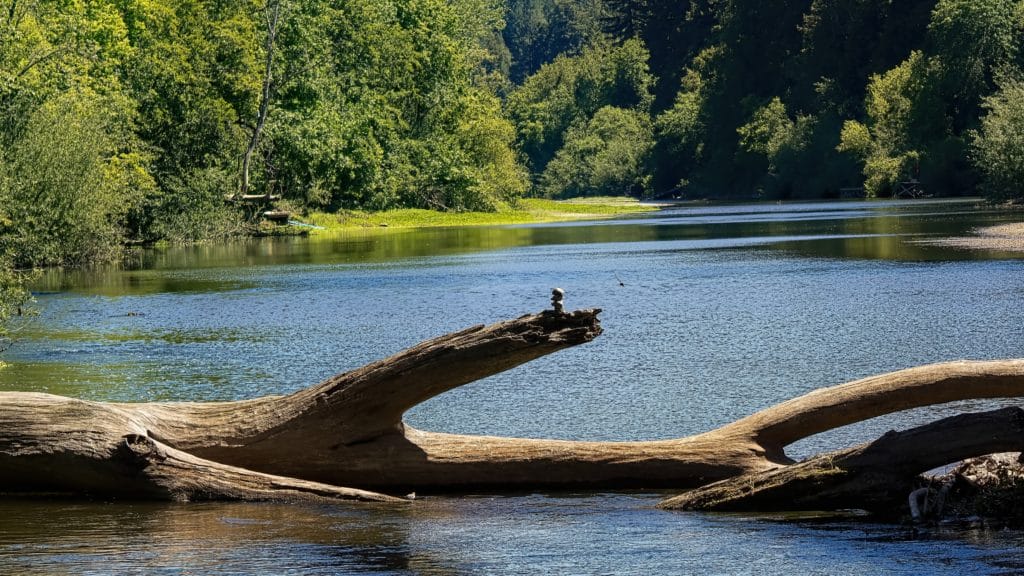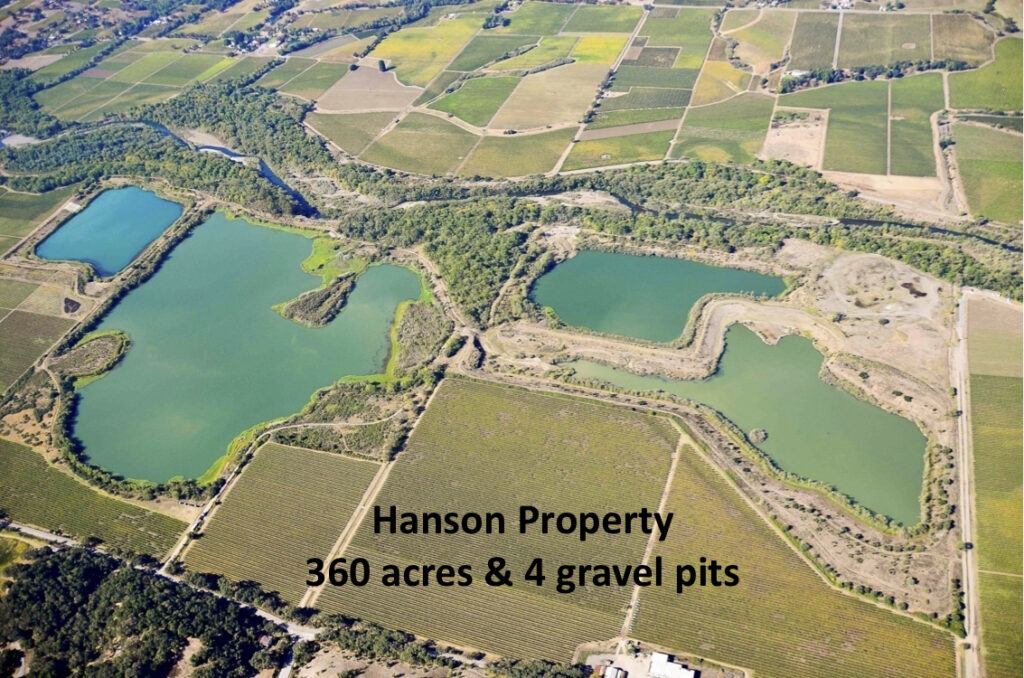Rights of Nature is is a growing international movement that recognizes natural systems not simply as resources for humans to use, but as living entities with rights of their own. It has the potential to transform American law and protect watersheds like the Russian River.
Traditional ecological knowledge of indigenous peoples refined over thousands of years is at the heart of the Rights of Nature movement. The understanding that humans have a place in nature, and cannot own or destroy existing natural communities and ecosystems is a cornerstone of the movement’s vision for a sustainable future where natural entities have an independent and inalienable right to exist. This comes in conflict with early colonial development that gave superior legal and financial might to corporations over people and the natural world, where corporate “personhood” made way for the legal right to destroy living systems. Rights of Nature is an emerging strategy to rebalance growing corporate power and existing law biased toward exploiting rather than protecting.
The localization of environmental management and control is a key factor that defines how Rights of Nature might be realized in various regions. In the context of early adopters Ecuador and Bolivia, decades of resource extraction and economic monopolization for profit at the expense of indigenous peoples prompted the need to push back to preserve both the environment and people who depend on it. In the United States, roughly three dozen local communities have adopted Rights of Nature laws although processes for enforcement are still lacking and are typically seen on a case by case basis. For example, Tamaqua Borough, Pennsylvania, successfully banned waste corporations from dumping toxic sewage sludge.
Today, environmental laws like the Clean Water Act are influenced by corporate entities in the highest levels of government functioning. Although our laws are meant to protect our lands and waterways, continued compliance challenges and the legal notion of preemption make sustainable resolutions difficult. The contradictory stance of Rights of Nature within our legal system raises the question of whether a radical change and a complete systems overhaul would be necessary in order to make Rights of Nature possible across the board. As a starting point, the Universal Declaration of Rights for Rivers was developed by scientists and the Earth Law Center for groups to customize their own bill of rights based on local laws and culture. It draws from the victories for the rights of rivers worldwide and is being used as a template for legislative drafting.
The Russian River Bill of rights was written by Virginia Strom-Martin, former California Assemblyperson and Russian Riverkeeper Boardmember, and Tom Roth, Redwood Chapter Conservation Chair at Sierra Club and former Board of Director member. It was developed in 2008 in an effort to recognize our own responsibilities to our local treasure, and what it needs in order to continue existing and thriving. Is it time to revitalize these rights and build a new legal framework to ensure our River’s future? Russian Riverkeeper will be following local changes as the paradigm shifts for how we think about and manage living systems.
Learn more from experts: CEDLF, US Water Alliance and Earth Law Center.






